5 common reasons of concrete cracking
Novice builders believe that there is nothing more to worry about after filling the foundation with concrete. However, both at the stage of hardening and in the future, in a slab cracks may appear. In order to avoid their appearance, it is necessary to understand the reasons for the concrete massive cracking, and whether it is possible to avoid the defects formation.
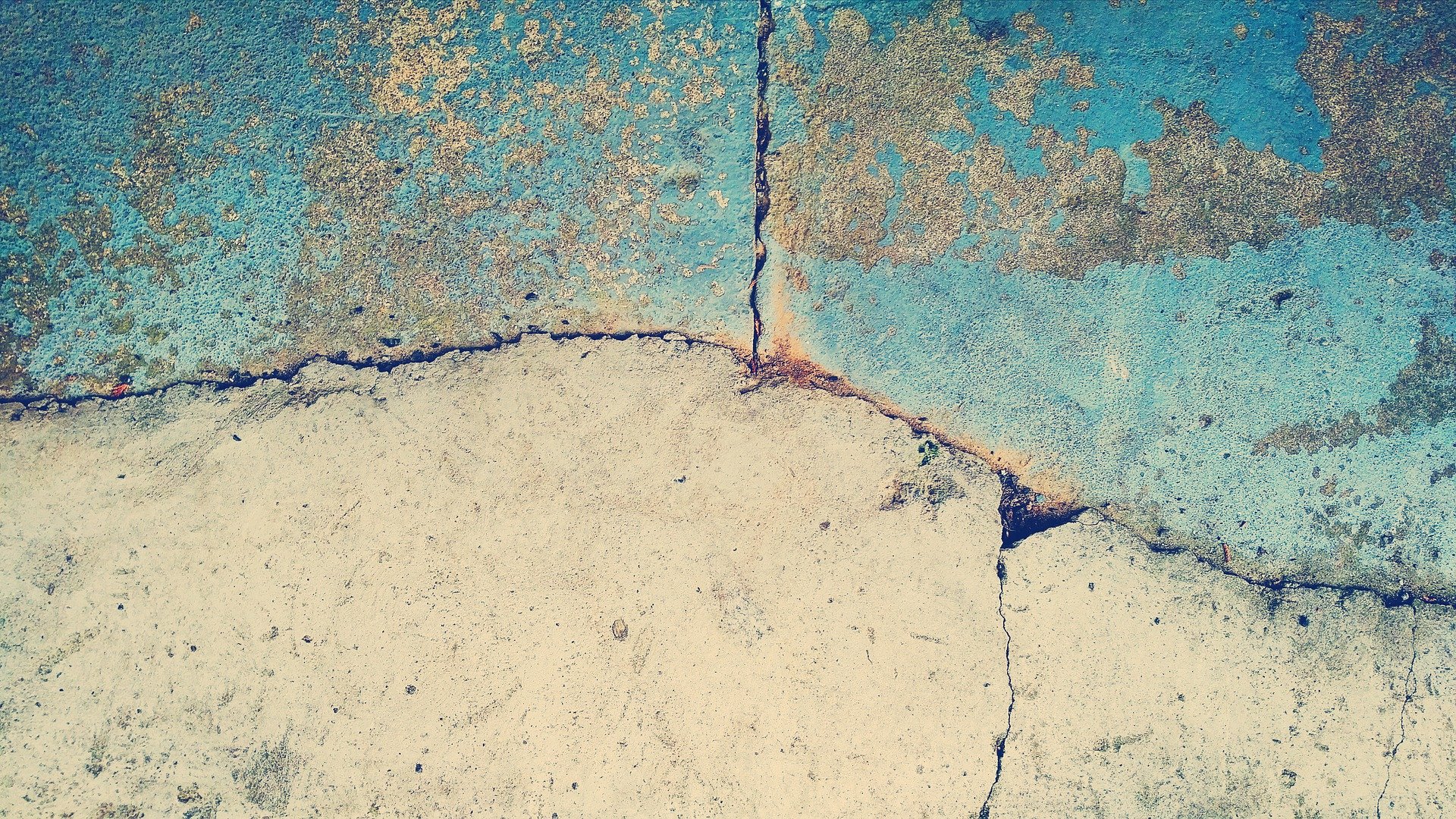
There are several types of classification of the cracks and concrete pavements. In terms of depth, they are subdivided into through and surface, in direction – vertical, inclined and horizontal. Specialists pay attention to the depth (hairy, small, large), outlines (closed, crooked and rectilinear), the type of destruction (cut, rupture, crushing) and other characteristics. Understanding the nature of cracks in concrete will allow you to draw a conclusion about how dangerous these defects are, why they appeared, and how the problem should be solved.
Here are 5 common reasons why concrete cracks appear and how to avoid it.
Wrong Installation
After installation, when concrete is still in a semi-liquid state (before it hardens), it contains a great volume of water. And when this water disappears, it is replaced by air which remains between the solid particles. It makes a concrete more porous and therefore prone to cracking.
Premature weight loading or early placement of additional layers on the surfaces will inevitably lead to cracks.
Solution:
Concrete is less prone to breaking if water evaporates slowly, so you should water it from time to time. The hotter and drier the climate, the more often surfaces should be watered.
Weed Growth
As you might guess, small and thin plants aren't able to cause concrete pavement cracking or breaking. Instead, plant roots use existing small and huge cracks.
The growth of new pieces of plant occurs at the tips of their roots. These common small root tips can cause microscopic breaks of the surface, and once it happens, the root of the weed is pushed into them. Eventually, plant growth can penetrate the slab and create a crack in the concrete surface.
Solution:
The best time to prevent weeds from growing through cracks, seams, and joints is to take preventive measures before installing concrete blocks. Seal the cracks, pull weeds before they go to seed, use landscaping fabric or a geotextile mesh to prevent or to stop cracks that can turn to big distractions.

Tree and Bush Roots
Much more serious cause of concrete cracks are large tree and bush roots. Sometimes there can appear grass or other plants growing in the gaps. Small crack formations on the slab are the result of the growth of a wide root system under the slab. It's a common cause why concrete driveway cracks as well. In addition, over time, due to persistent pedestrian traffic and very hot/ very cold weather conditions, the slabs crack and break down.
Send us a request
And get a unique offer
A few pieces of advice to prevent unexpected cases with root intervention:
- Treat the area with special sprays and liquids against the growth of plants and small insects. This will help to destroy all seeds and remnants of floral pieces, and thus to protect installation from damage.
- Use an industrial vacuum cleaner to remove even the smallest particles of dust and dirt that may not be caught with a regular broom or brush. With dust, microparticles can potentially cause damaging of a concrete structure.
- Stain the surface and you will lay out the concrete with white paint or whitewash. This way you can see the "dangerous" elements in advance and clean up the surface in a timely manner.
Lack or Absence of Sealant
During the concrete slab installation, a sealant should be added to prevent pores’ overfilling with air when water evaporates. This will make the concrete pavement denser and stronger and thus prevent cracks. Sealant can be used even if concrete pavers cracking already happened. It’s enough just to fill in all the gaps with it.
Don’t skimp on sealant, because restoration of a concrete slab will cost you much more. Choose trusted brands and carry out a preliminary checking of the purchased product on small cracks.
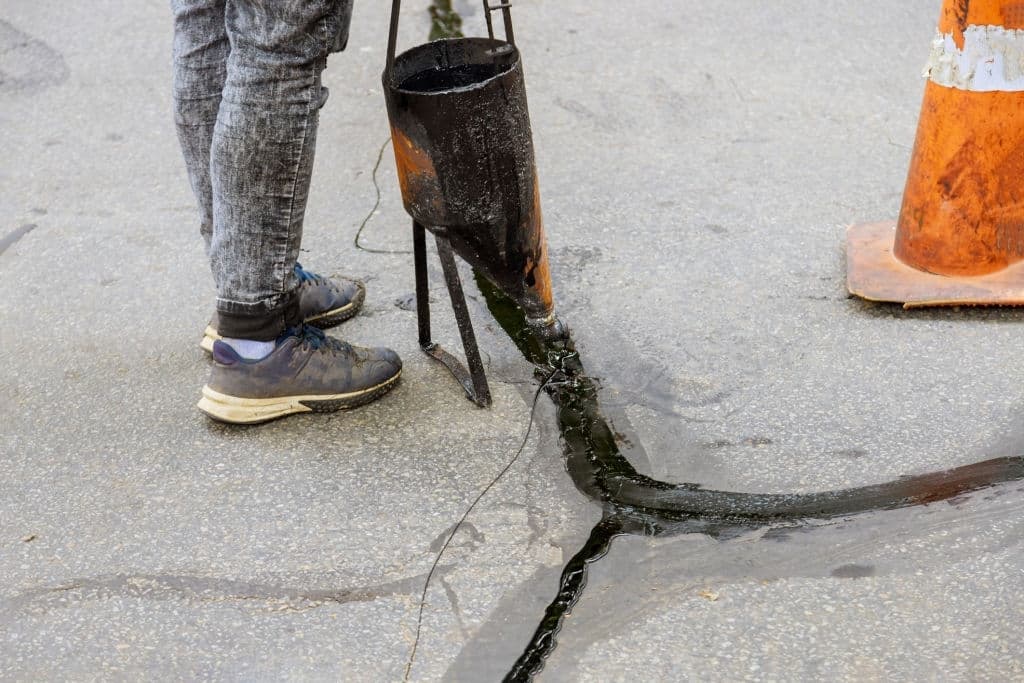
Lack of Polymeric Sand
Polymer sand in a concrete mass prevents excessive expansion and contraction right after drying and later, in case of high temperature or high external pressure, by interlocking molecules. Lack or absence of polymer sand inevitably leads to cracks and destruction of an integral concrete surface.
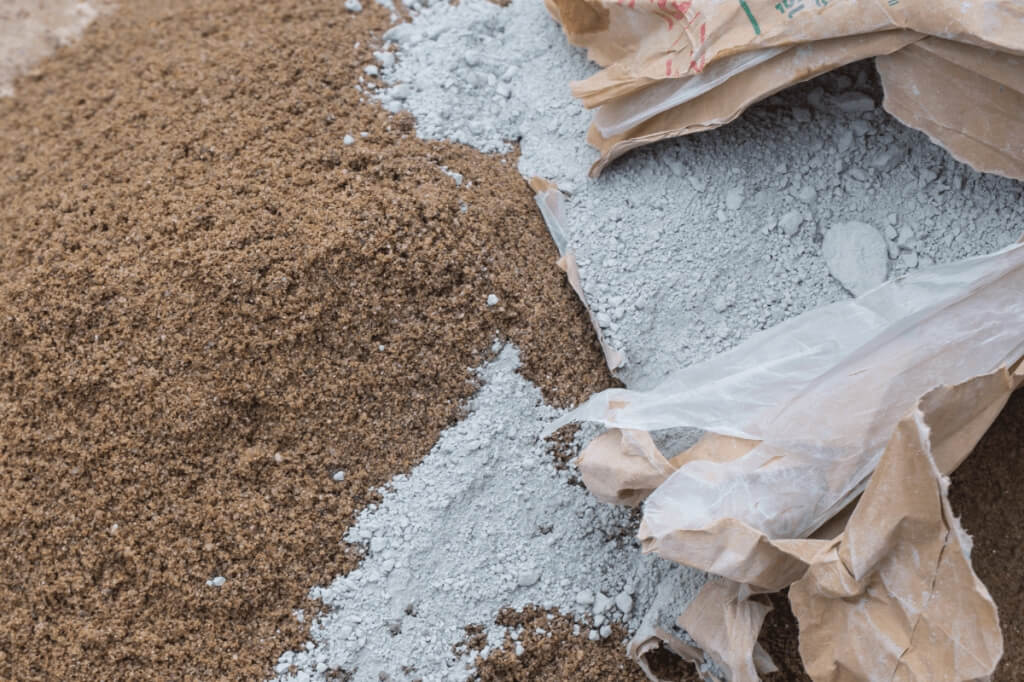
Conclusion
Concrete paving is one of the most cost-effective coating methods, but it requires certain skills and knowledge of the details. In order to makes sure that a driveway or sidewalk will serve for a long time and to avoid all concrete crack types, it is necessary to:
- use all required materials in the right amount and proportion;
- provide the most favorable weather conditions for proper drying;
- timely detect and eliminate small cracks;
- protect from weeds and other floral elements.
Diagnostics of the area can be carried out independently when the cracks are small, however, for major breakdowns, it is better to contact a specialist. If you decided do it yourself, don’t forget about the safety rules:
- protection of the respiratory tract from pollen or plant seeds, which can cause allergies;
- gloves and other equipment from substances that corrode skin and mucous membranes;
- work on a stable surface to eliminate the risk of injury.
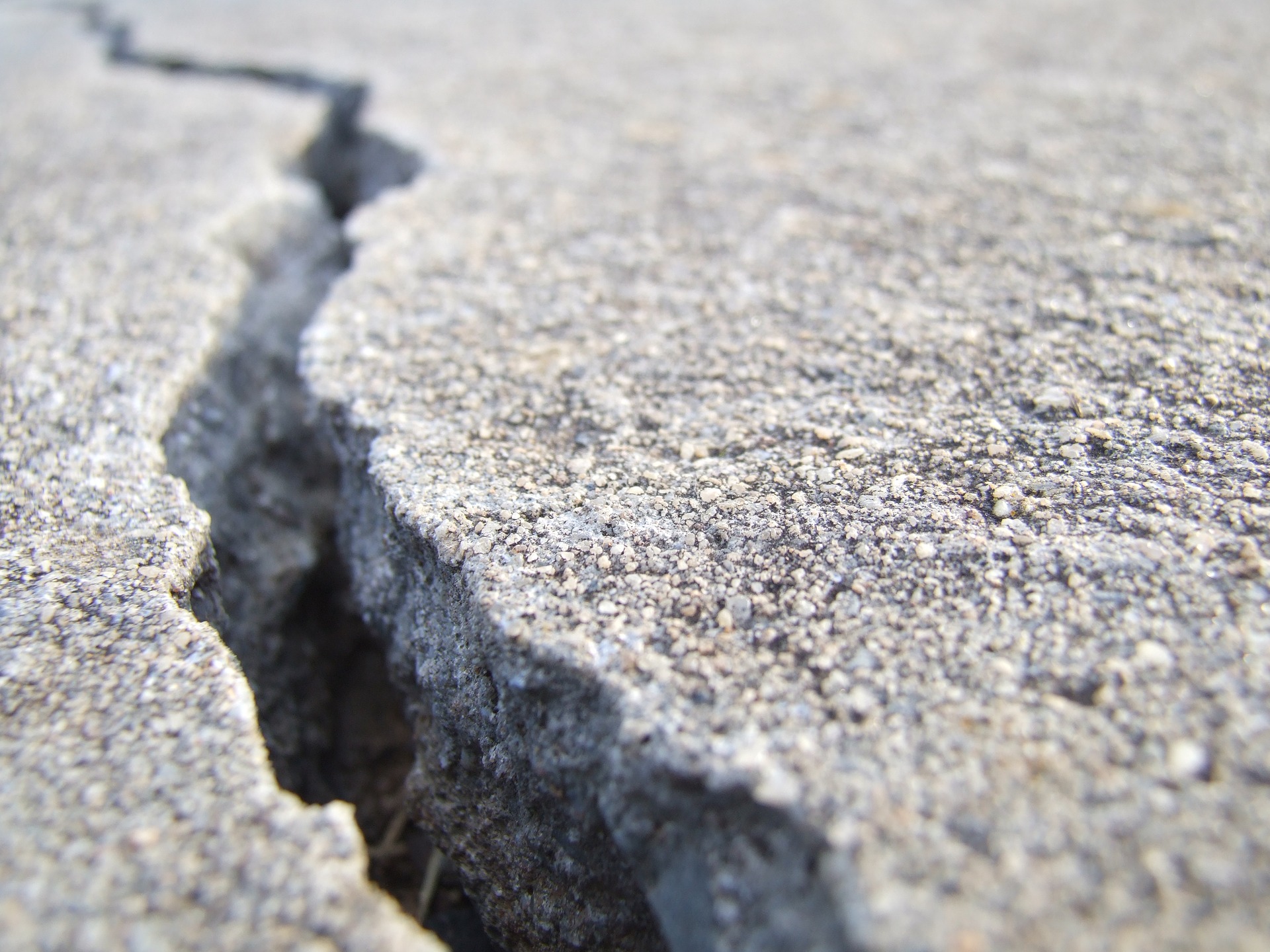
Get a quote for free!
Complete the form below, and we'll call you to
discuss your exact project requirements






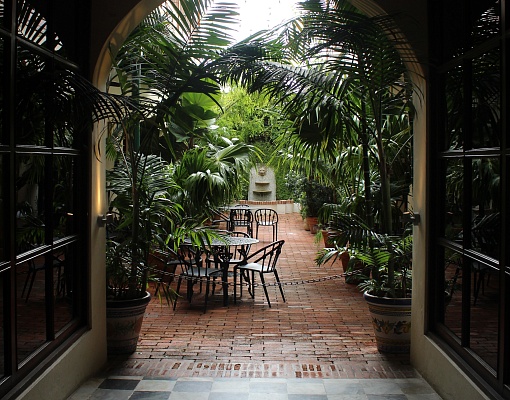

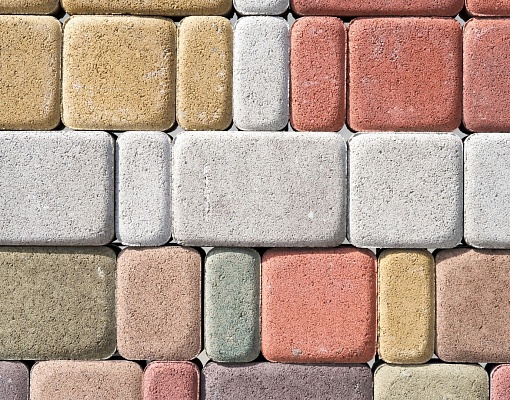

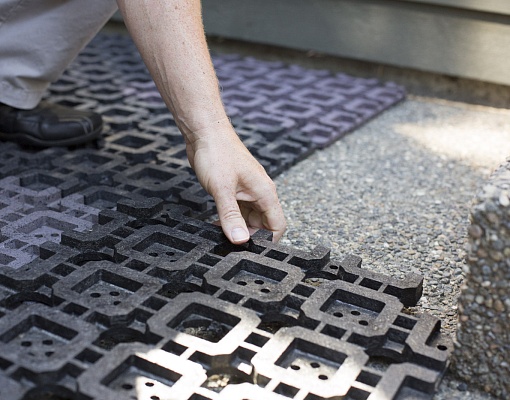

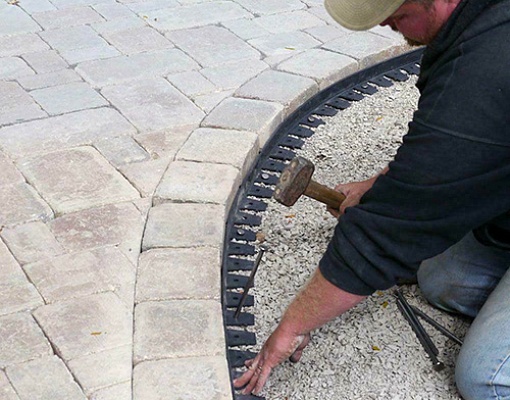
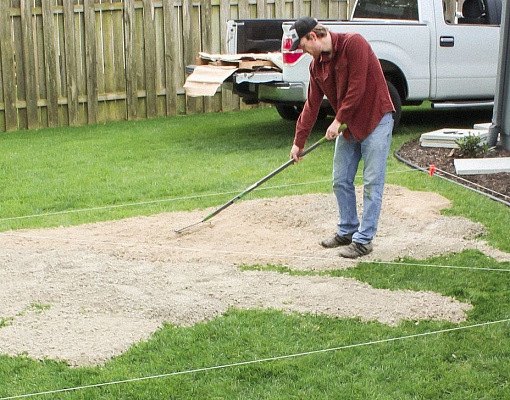
Leave a comment